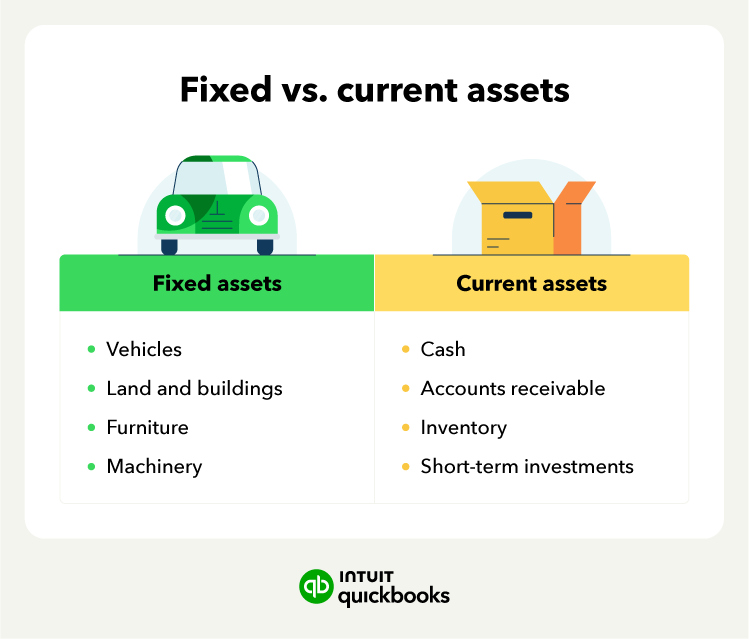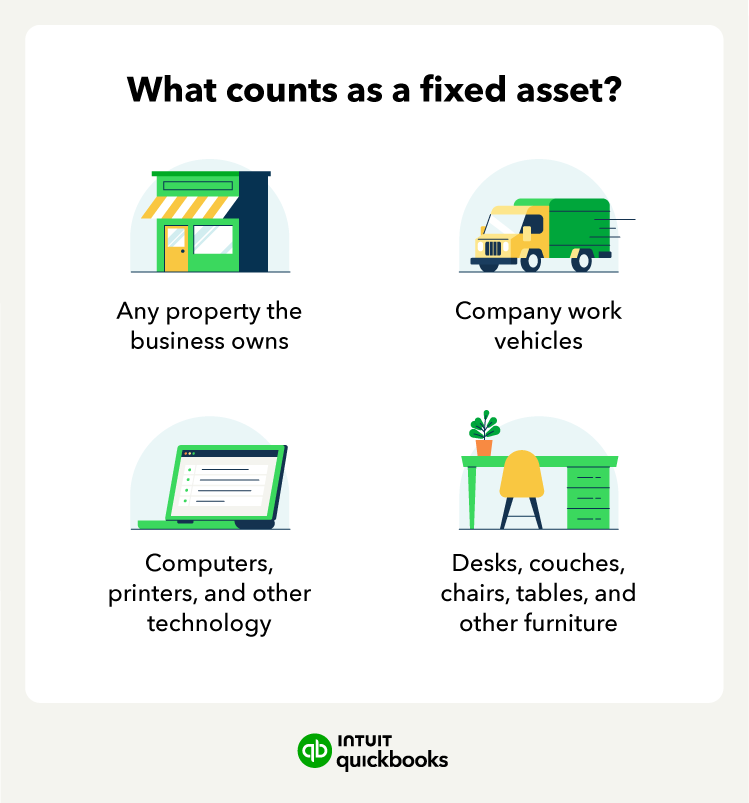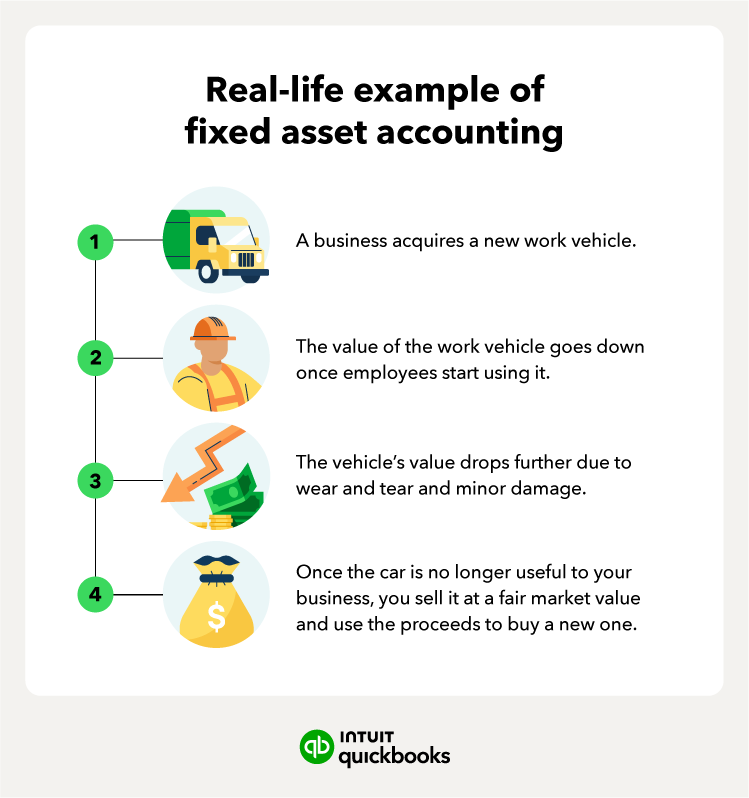Units-of-production method
Units-of-production depreciation refers to the amount of depreciation the asset experiences based on the number of hours the asset is used. For many businesses, this can give them a more accurate understanding of a piece of equipment’s value over time. Here’s the formula:
Depreciation expense = (number of items produced / life in number of total units produced) X (cost - salvage value)
Using the above piece of equipment as an example, say that piece of equipment will produce an estimated 5 million units a year and an estimated 100 million units over its useful life span. The formula would look something like this:
Depreciation expense = (5 million / 100 million) X (10,000 -$0) = 500
Your depreciation will be roughly $500 during that first year.
Sum-of-the-years-digits method
Sum-of-the-years-digits depreciation assumes higher depreciation rates upfront and lower rates as the asset ages. The formula looks like this:
Depreciation expense = (remaining life / sum of the years digits) X (cost - salvage value)
Using the same piece of equipment with a purchase price of $10,000, an estimated life span of five years, and a salvage value of $0 as an example, the formula would look like this for the first year:
Depreciation expense = (8 years / 36 years) X ($10,000 - $0) = $2,222
For the second year, it would look like this:
Depreciation expense = (8 years / 28 years) X ($10,000 - $0) = $2,851
You’ll want to run this calculation for each year to get an accurate depreciation value.













 Having fixed assets can add a layer of complexity when calculating your business’s value, but they effectively strengthen your operation’s revenue potential.
Having fixed assets can add a layer of complexity when calculating your business’s value, but they effectively strengthen your operation’s revenue potential.

 Accounting for the depreciation of your fixed assets can help lower a business’s income tax liability. Account for the depreciation of every relevant fixed asset to ensure you’re maximizing your savings.
Accounting for the depreciation of your fixed assets can help lower a business’s income tax liability. Account for the depreciation of every relevant fixed asset to ensure you’re maximizing your savings.



